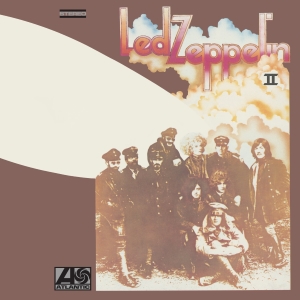I'm about to finish up construction and will be applying power to it sometime this weekend. Attached are the schematic I started with in PDF format and the other is the schematic that was actually built after adding a stand by switch, grid resistors, and a couple other details or two that were suggested by forumites.
Is there anything that looks like a mistake/oversight ?
All I have left to do is wire the heaters, grounds, and a few other connections. Whattaya think?
Is there anything that looks like a mistake/oversight ?
All I have left to do is wire the heaters, grounds, and a few other connections. Whattaya think?



Comment